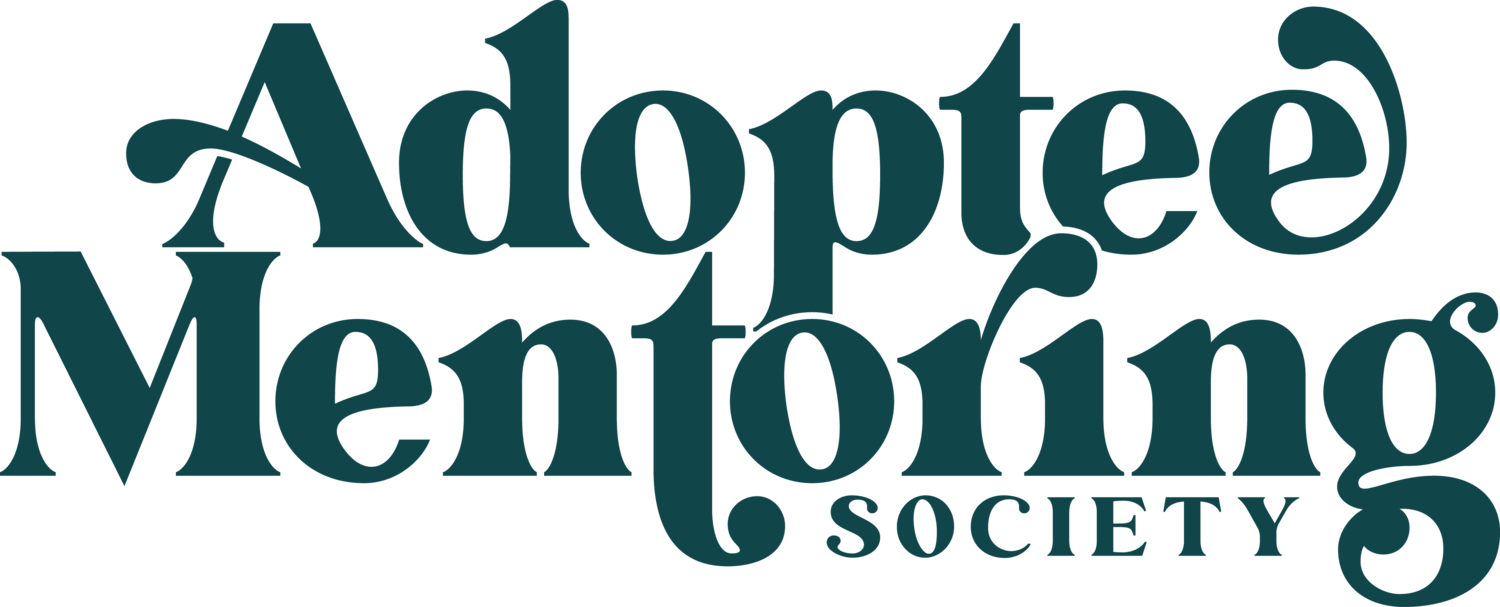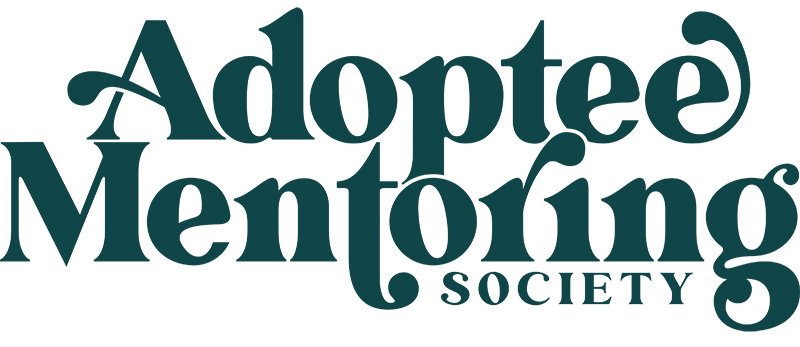“I Now Feel Complete”
By Anna Allanbrook
When you meet Anna, you first notice her calming presence. She has the ability to simultaneously command respect and yet put you at ease. Learning that she is a retired principal of PS 146 in Brooklyn, New York makes sense given that she has the demeanor of your favorite teacher, coach, or professor. Approachable, confident, and kind. A person seemingly born to influence and inspire the younger generations.
Anna was adopted at six weeks old by a secular Jewish couple in England, her family would eventually move to the United States. Being an adoptee affected multiple areas of her life, including her chosen profession of being an elementary teacher and eventually, a principal. She told me, “I think I went into teaching because I love children, but I didn’t even really understand that. Why that was so important to me.”
Anna has two daughters and four grandchildren. It was through becoming a parent that she began to understand how her own adoption affected her. Currently, her children live in the house they were raised in, the house where Anna created her family. The house is symbolically and physically a reminder of the family Anna created. This is especially meaningful for her as an adoptee, seeing her children and grandchildren having a known history.
When she had her first biological child, Anna recalls hearing people say, “She looks just like you.” The feeling those comments gave her was the first step in her long process of coming out of the fog. The phrase coming out of the fog for adoptees is when an adoptee begins coming to terms with their buried emotions about being adopted. They move from the popular fairytale version of adoption to facing their own reality and experience of loss.
“This whole expression ‘in the fog’, I think it’s a gradual process. I feel like, when I turn 80 in a decade I will know something more about who I am than I do now. You know, it’s just part of growing up.”
Anna’s adoption was a closed adoption, meaning the birth and adoptive parents had no contact with each other, providing no biological information to the adoptee. This meant she knew very little about her own origins. Anna from years ago would not recognize her own views on adoption now. She recalls reading an article in the New York Times in the 1970s about adoptees who searched for their biological families. After reading it and feeling angry she wrote them a letter about how she was adopted and would never search. She made it clear that she was so happy in her adopted family. Reflecting on that now, she says, “Here I am fifty years later and it’s like, I would laugh at that person, but then, I wasn’t ready to search.” Anna did search for her birth mother in 2000, the same year her marriage was ending.
“I don’t think my ex-husband understood how deep it was for me to search, but I was getting to that place of recognizing this is something I need to know. I look back and I feel like 2000 was such a turning point. My marriage ended but I found out where I came from that same year. At the time it felt really hard but it was a good time of my life, coming into my own.”
She remembers the moment when the private investigator told her that her birth mother had passed in 1984. At first, Anna was relieved she would not have to confront this relationship, and yet she now knew who her birth mother was. But over time, as she continued to process the news, she realized what she had lost. She said; “Oh my god, I never got to meet this woman. It took a few more years to get to that place of really grieving that I was too late. And that’s been the story of my life.”
In the 1970s, England passed a law that any adoptee can access their birth records, but first, they must be interviewed by a psychologist or social worker. Anna worked with Joe Soll, the psychotherapist England’s government recommended to her. After meeting with him, she received her birth certificate. From there she found her birth family and went to England to meet them. While there she met her maternal uncle and three biological half-brothers. She has since stayed in close contact with her oldest brother who is about six years younger than her. She plans to return to England in April to visit her partner’s brother, and her maternal birth family, and to get all the contents of her adoption file.
“Sometimes people find really cool things in their file. Like a letter from the birth mother to the child, or identifying information that’s different than what her family has told me. I have no idea what’s in the file.”
Anna’s adoption papers showed she was born at the South London Hospital for Women and Children, which opened in the early 1900s. Eventually, the hospital would expand to include a maternity ward. Anna is unsure if she was born in the hospital or the maternity center. The hospital has now closed, but the building remains. “I’m just going to go stand on the street and look at it. That’s all. I just want to BE there. I hope to see this place I may have lived at for 6 weeks before I was adopted.”
The story of finding her birth father was similar in that Anna didn’t have any interest in searching for him but time and growth changed those feelings. She knew little about him besides the fact that he was an American GI. Through a DNA test, she connected to a biological niece and then a half-brother. But again this proved to be too late as he passed in 2012. Like her birth mother, Anna has learned about her birth father through the family, if not directly. She is in touch with 3 half-siblings on his side and has met one of them in person.
“It’s wonderful knowing who he was. So I now feel complete. That was a very grounding experience to find out who my birth father was and have these stories of this American part of my identity. And physically, I think I look a lot like that side of the family.”
Anna now has biological details she can share with future generations of her family, something she never had. Yet, this excitement of finding and sharing pieces of her history is one that is coupled with sadness and loss. This is a space many adoptees live, the bittersweet, and they hold the ability to accept both the joy and the sorrow. It is likely this quality has helped make Anna so successful as an educator and why her children and grandchildren are so important to her.


